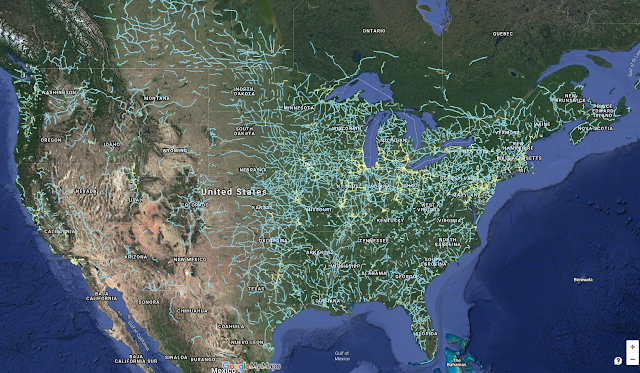The Ghosts of New York City's Expressway System

While this blog is about New York City, I preface it with how I came to have an interest in the Interstate Highway System. As a child growing up outside of Chicago, I lived by two interstates, I-55 and I-355. I knew they had to be related somehow; what are the odds that roads with such similar numbers intersected by accident? I thankfully found out all one would need to know about the Interstate Highway System and US Routes in general from late-90's and early 00's websites like AARoads.com , Kurumi's 3-digit interstates page , and the International House of ZZYZX . Each had some very highly detailed information on what I was looking for, and would be the catalyst into the beginnings of my roadgeekery. Indeed, I-355 was a child interstate of I-55, in that it spurred off from 55 in a much shorter route than its parent. I was further interested in roads that were proposed, but never built, such as Chicago's Crosstown Expy , as well as completely decommissioned routes. ...






